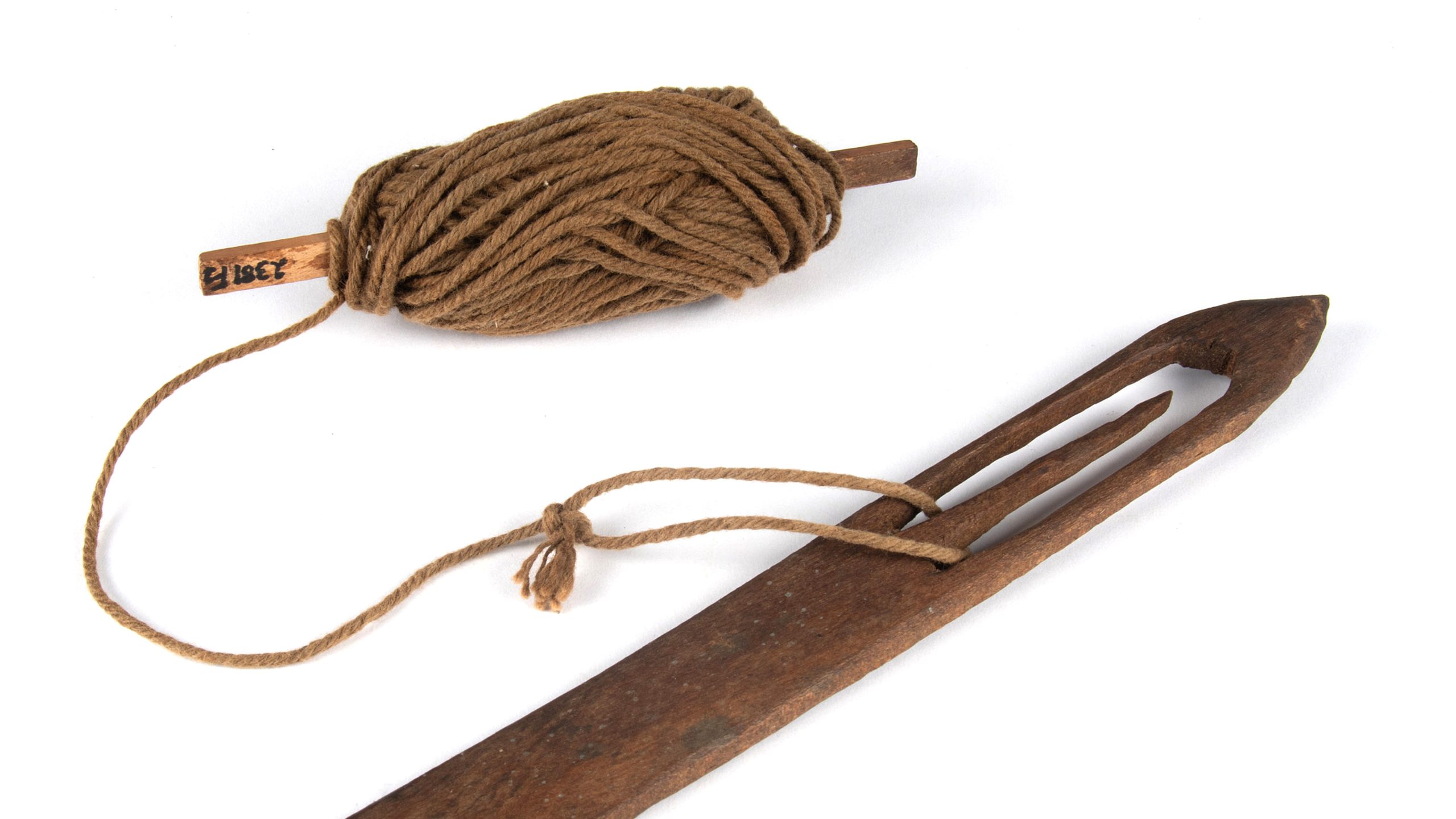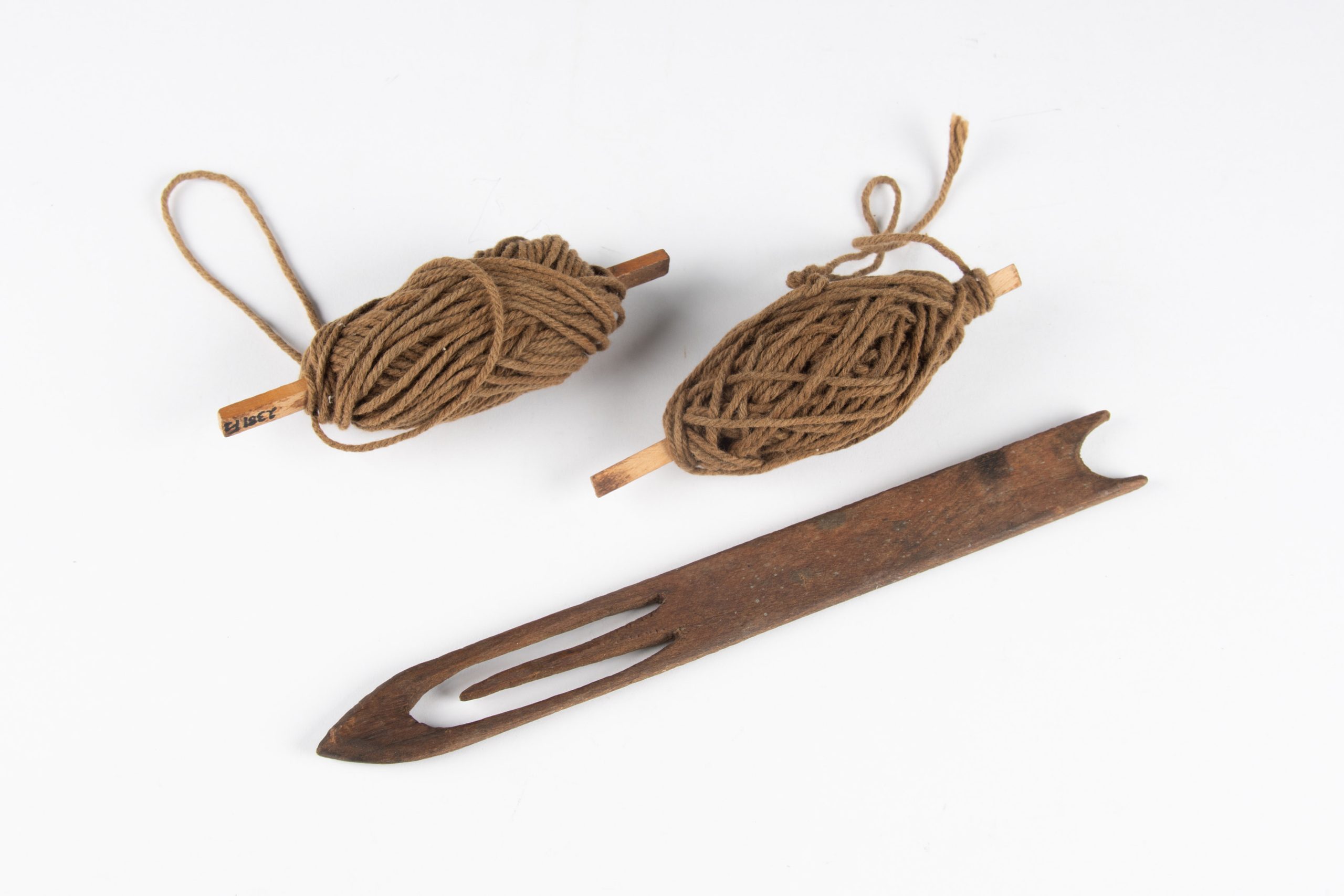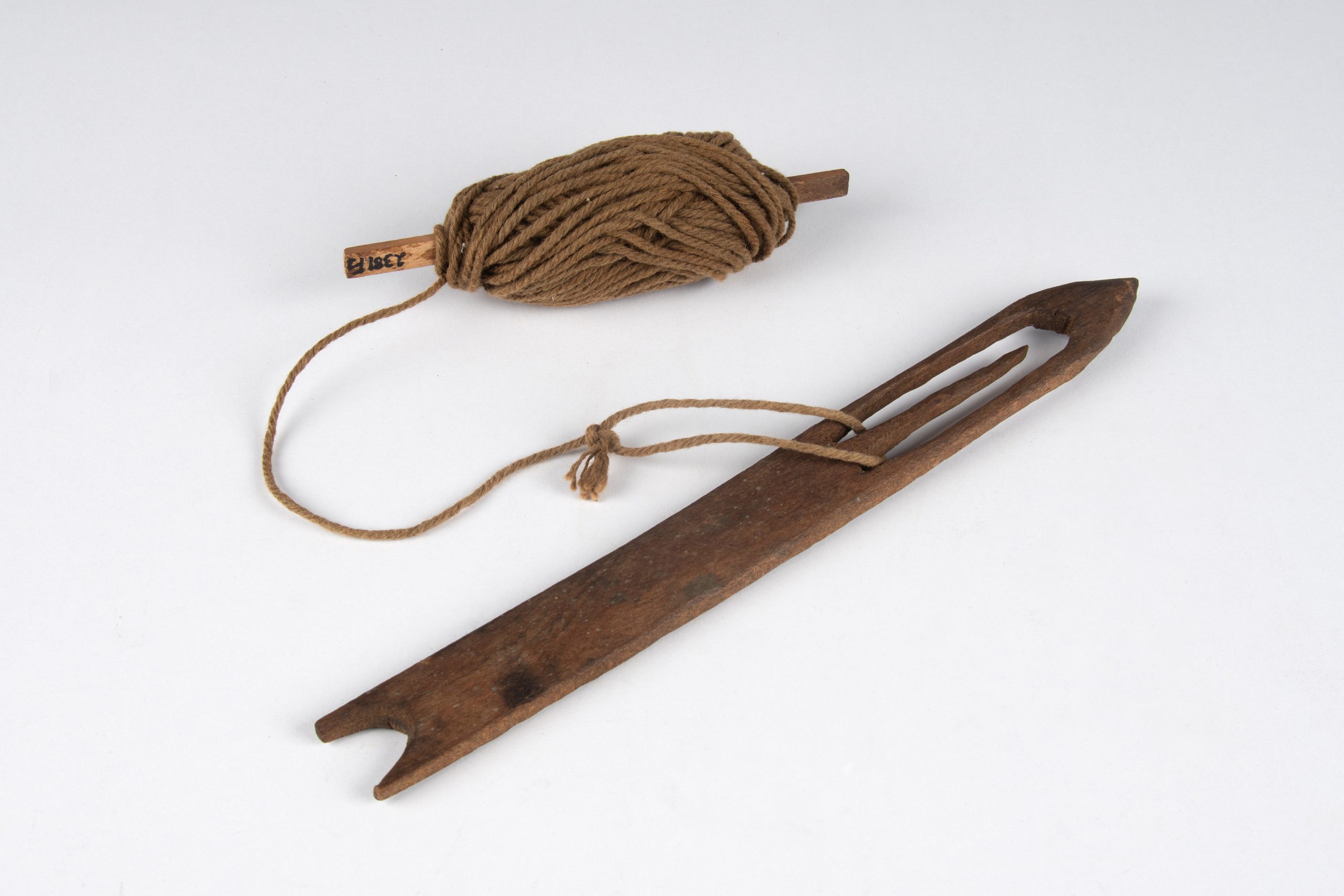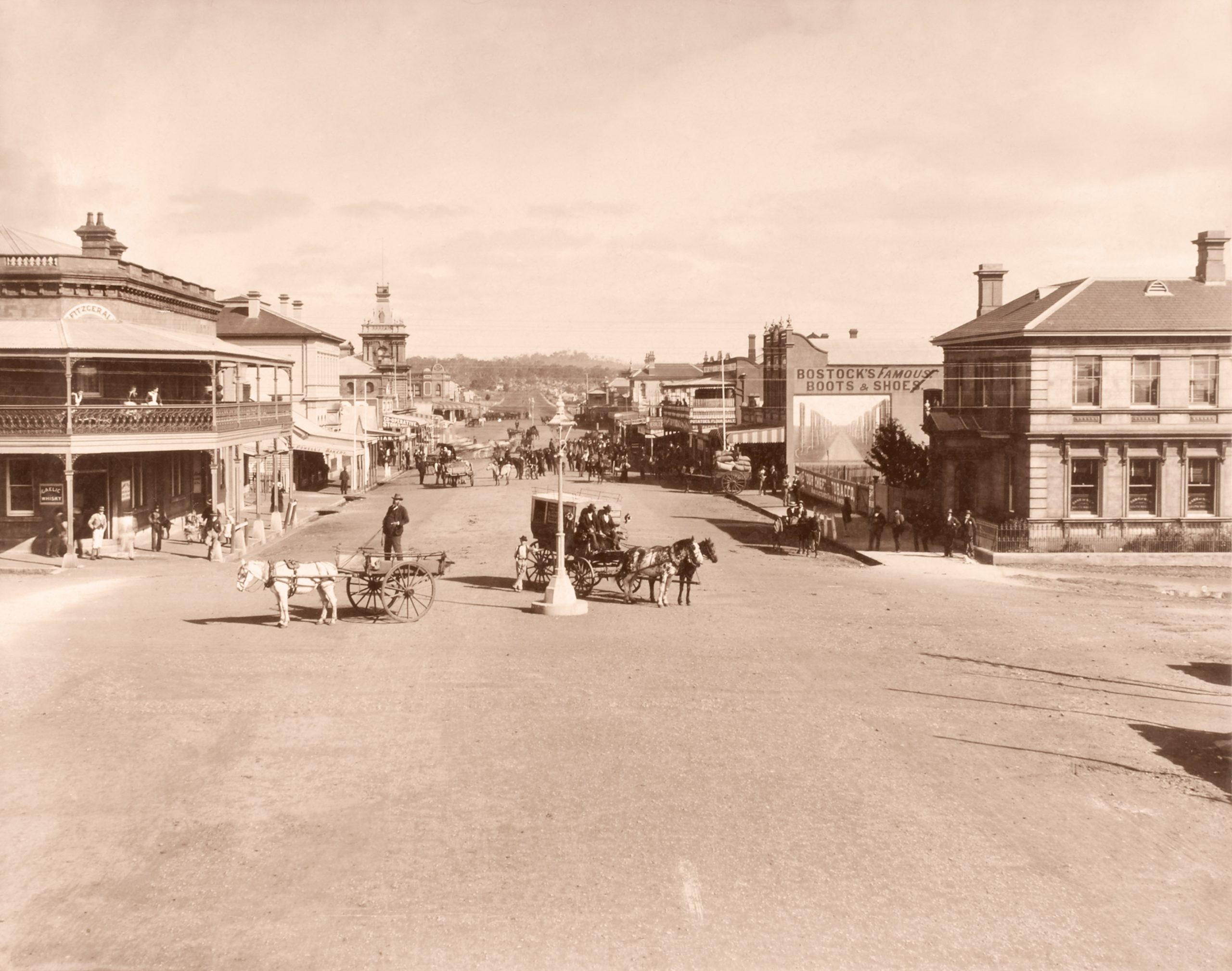Concealed Contributions
Red Cross Volunteers on the Home Front
Hiding a fascinating story behind its deceptively simple appearance, this wooden shuttle was used during the Pacific War (1944 – 1945) to weave green camouflage netting, intended to be used by soldiers stationed in the Pacific.
World War II placed an unprecedented demand on Australian communities. As men answered the call to fight, women increasingly assumed both paid and volunteer roles, tirelessly supporting both their families at home and the war effort abroad. Keeping up morale was paramount, and voluntary work played a crucial role in achieving this.
Across Australia, Red Cross volunteers emerged as pillars of support within local communities, embodying an ‘all in’ ethos – a rallying cry for personal sacrifices in the name of the military struggle.
At the time, the advent of aerial surveillance through photography and reconnaissance was transforming the nature of warfare. Camouflage material became an indispensable tool for military forces, concealing their activities from the watchful eyes of enemies flying above. With its handmade wooden form, threaded with simple knotted twine, it’s easy to imagine a young woman or boy using these shuttles – making do with what little they had to help keep their loved ones safe.
This weaving shuttle served a dual purpose. It wasn’t merely a tool for practical weaving, but also a tangible link to a spirit of patriotism on the ‘home front.’ Beyond their role in crafting camouflage nets, these homemade artifacts stand as poignant reminders of a resilient spirit that united communities across Australia during a challenging period in history.






